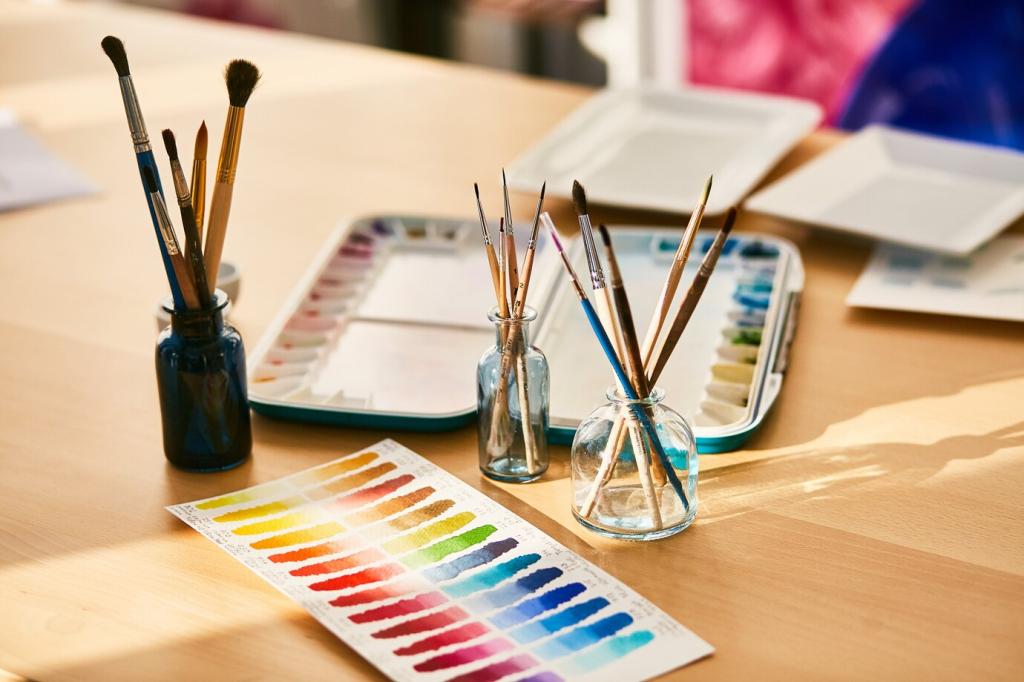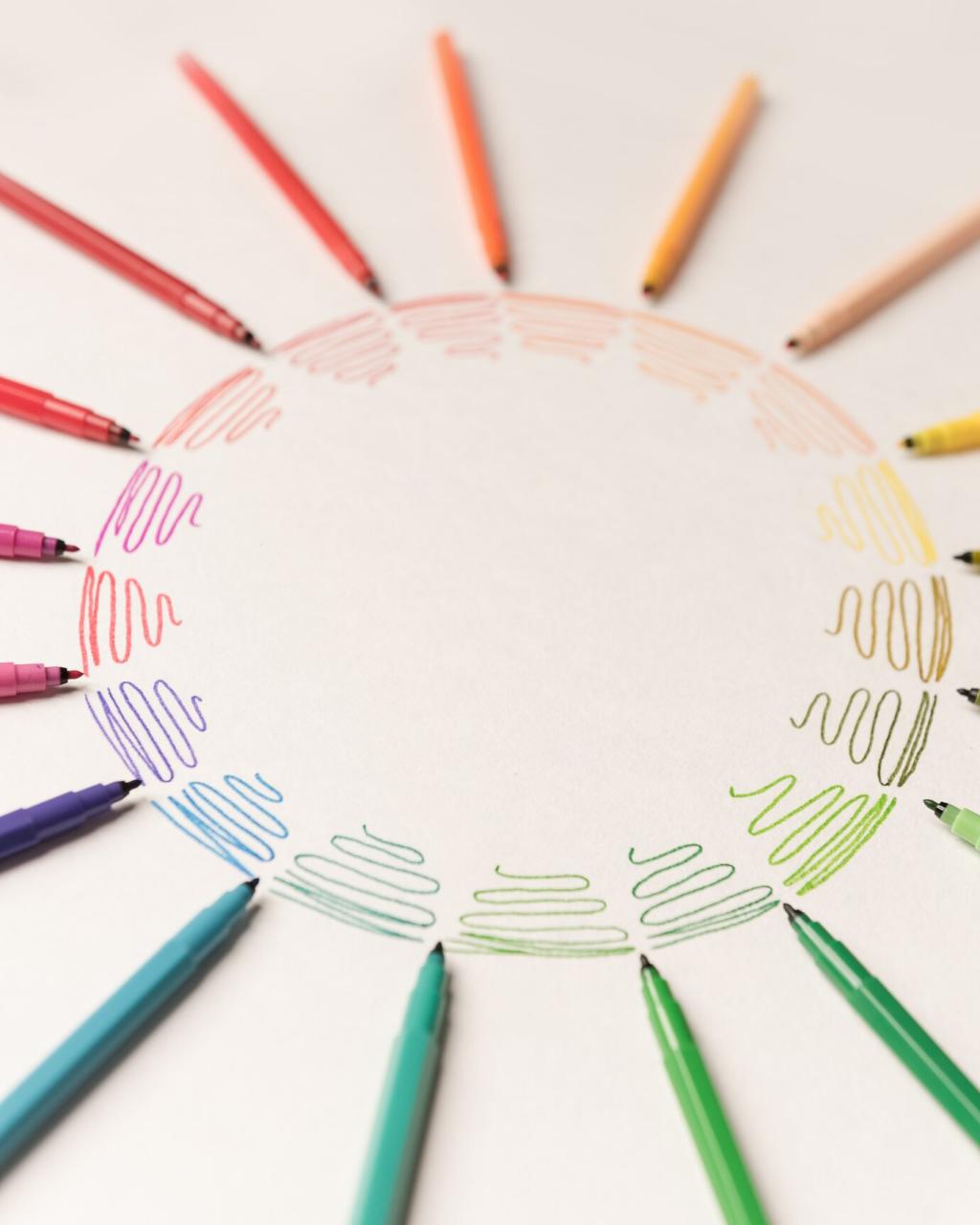
Cultural Influences on Color Preferences in Home Decor
Color preferences in home decor are far from universal; they are deeply shaped by culture, tradition, and historical context. Around the world, the colors people choose to enhance their living spaces reflect not only aesthetic trends but also longstanding social customs and regional values. Understanding how cultural backgrounds influence the meaning and desirability of various colors helps to explain why certain hues flourish in some homes but appear rarely in others. This exploration delves into the ways different societies shape the color palettes we use in our most personal spaces, and how this influences global design trends.
Historical Foundations of Color Symbolism in Home Decor
The Legacy of Color in Ancient Societies
Ancient civilizations established the first color traditions that still echo through modern homes. In countries like Egypt and Greece, color choices for home interiors were strongly connected to religious and social symbolism. Blue and green were associated with life, fertility, and rebirth, prompting their frequent use in household decoration meant to invoke protection and prosperity. Similarly, royal courts and noble households often reserved expensive dyes—like the deep reds and purples derived from rare minerals or mollusks—for ceremonial rooms and furnishings. These color hierarchies set a precedent for associating certain hues with affluence and power, a trend that persists in modern luxury design.
Influence of Religious Beliefs on Palette Choices
Across cultures, religious traditions have played a pivotal role in determining which colors are favored for domestic spaces. In many parts of Asia, specific colors are linked to spiritual practices and are chosen to promote harmony or to attract positive energy. For example, in Hindu tradition, saffron and red are auspicious and frequently used in wall art, textiles, or entranceways. In contrast, Christian traditions often emphasize the calming effects of subdued blues and whites in spaces intended for reflection or prayer. The spiritual significance behind these choices continues to influence color selection even in secular residential interiors.
Social Status and Color Codes in Historical Contexts
Class distinctions have long governed color inclusion in home environments. During the Renaissance in Europe, sumptuary laws regulated who could display certain rich colors in wall hangings and furniture, preserving scarlets and indigos for the elite. In Imperial China, yellow became synonymous with the emperor, while the general populous was restricted to earthier tones. Such historical rules, though no longer enforced, have left a lasting legacy; prestigious colors are still seen as symbols of elegance or exclusivity, and homes may feature them as statements of status or sophistication.

Warm Tones in Mediterranean and Latin Cultures
Mediterranean and Latin American countries often favor warm, earthy colors—ochres, terracottas, deep reds, and vibrant yellows. These hues reflect the surrounding landscapes and climates, and convey a sense of warmth and hospitality. Historical access to mineral pigments and natural dyes, combined with a communal tradition of gathering and feasting, encourage the use of colors that feel lively and inviting. In these regions, kitchens and living spaces tend to be adorned with bold splashes of color, creating a welcoming and energetic atmosphere that resonates with familial and social values.
Minimalism and Neutrals in Scandinavian Design
Scandinavian countries are known for their minimalist approach, favoring a palette dominated by whites, greys, and pale wood tones. This preference is influenced by the long, dark winters of the region, where light, bright colors help maximize available sunlight and maintain a feeling of spaciousness. The aesthetic philosophy of “hygge”—creating a sense of cozy well-being—often leads to interiors that are tranquil and unadorned, with the occasional accent hue provided by textiles or artwork. The simplicity of this palette also reflects a broader cultural emphasis on functionality and simplicity.
Vibrancy and Symbolism in Asian Interiors
In many Asian cultures, color choices are rich in symbolism and deeply connected to philosophy. For instance, in Chinese decor, red suggests luck and happiness, gold symbolizes wealth, and green denotes harmony with nature. Homeowners often carefully select these colors for doors, walls, or decorative accents to imbue their living spaces with prosperity and balance. Japanese homes, on the other hand, tend toward understated elegance, favoring natural tones and textures that echo ideas of serenity and transience. Roketsuzome, a resist-dye technique, adds muted color patterns to walls and textiles, expressing subtle beauty shaped by centuries-old beliefs.
Psychological Impact of Color: East Meets West
In Western contexts, blue is commonly seen as calm and trustworthy, making it a popular choice for bedrooms and offices. Meanwhile, in many Eastern cultures, blue may symbolize immortality or spirituality, but can also connotate mourning or loss, leading to its limited use in some domestic settings. Similar distinctions are evident with the color white, which represents purity and peace in Western decor but is often reserved for funerary use in parts of Asia. This demonstrates how deeply rooted cultural meanings alter the emotional landscape of our homes.

